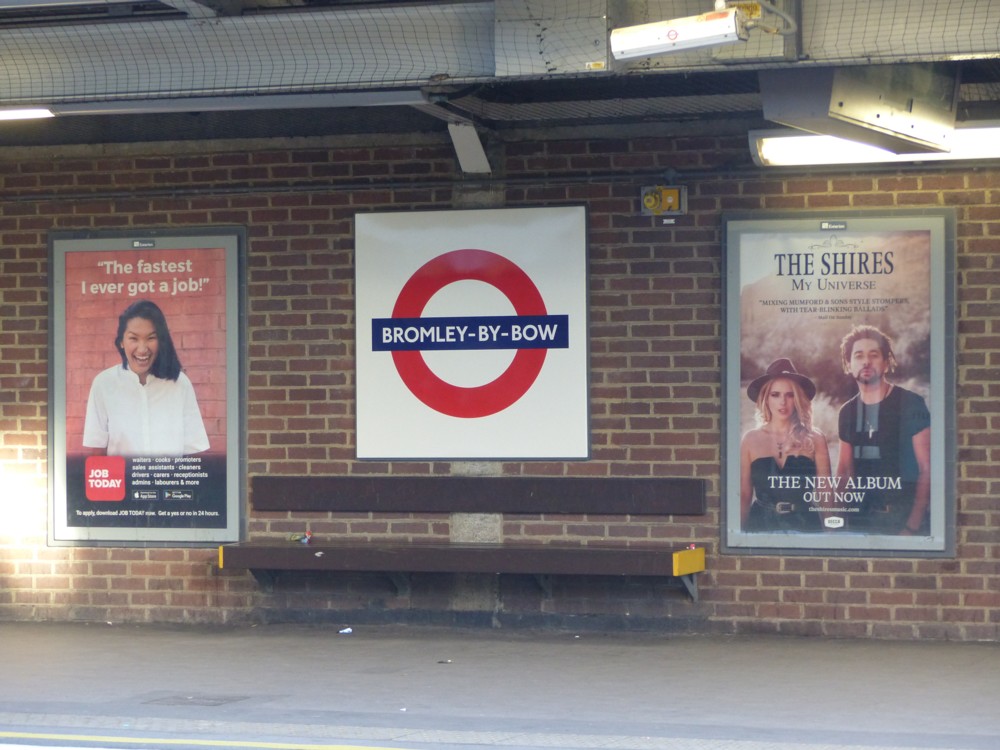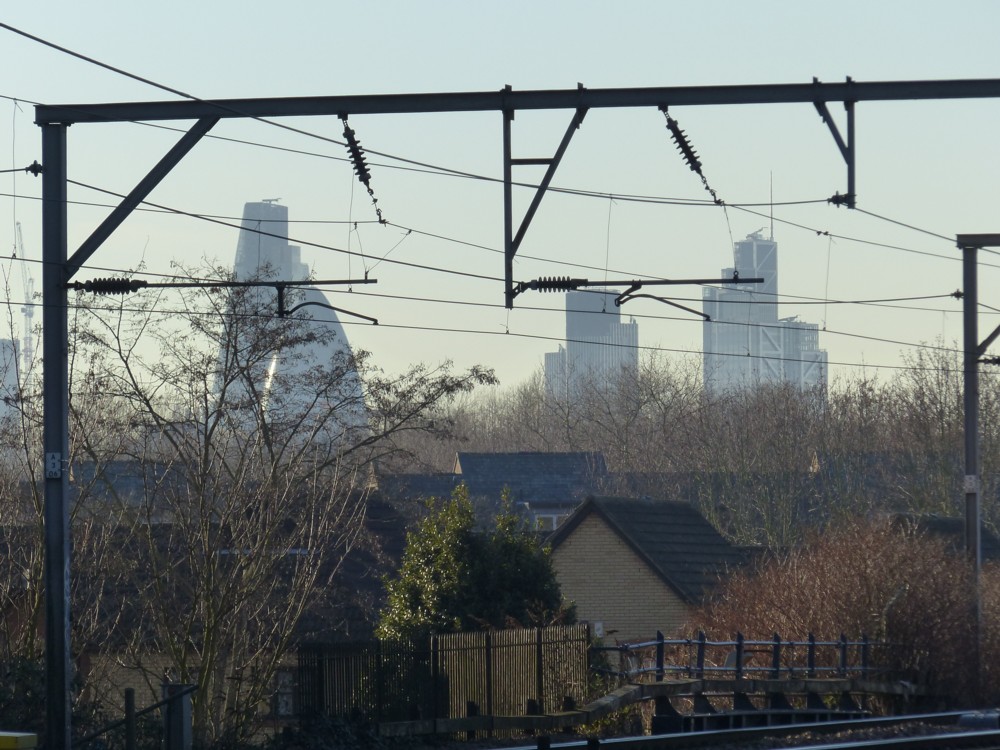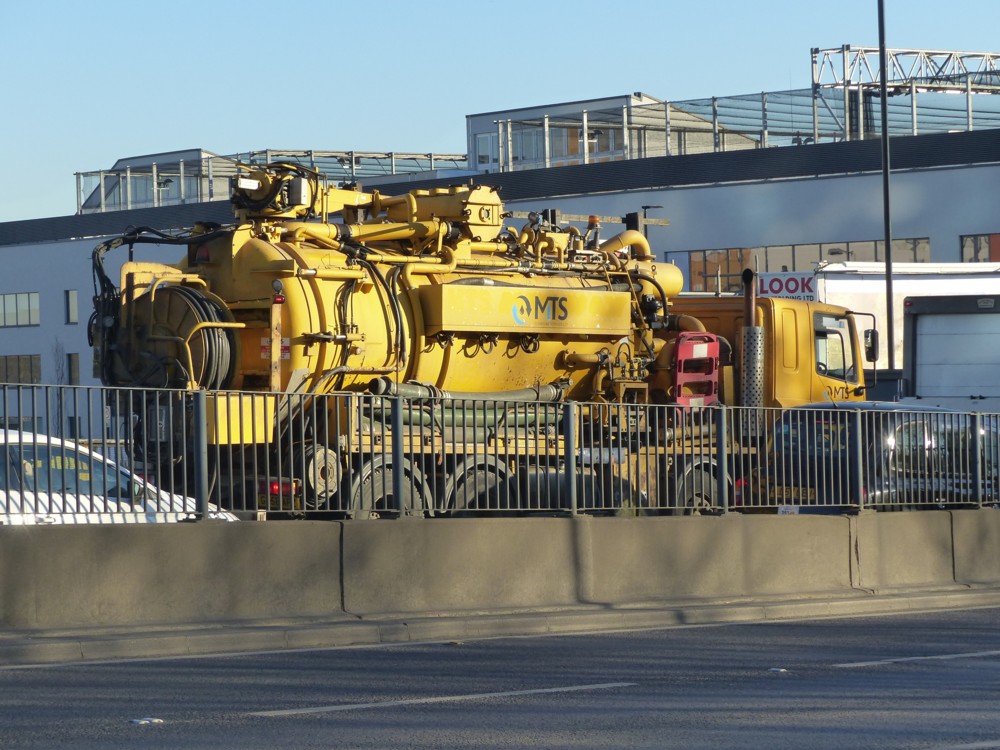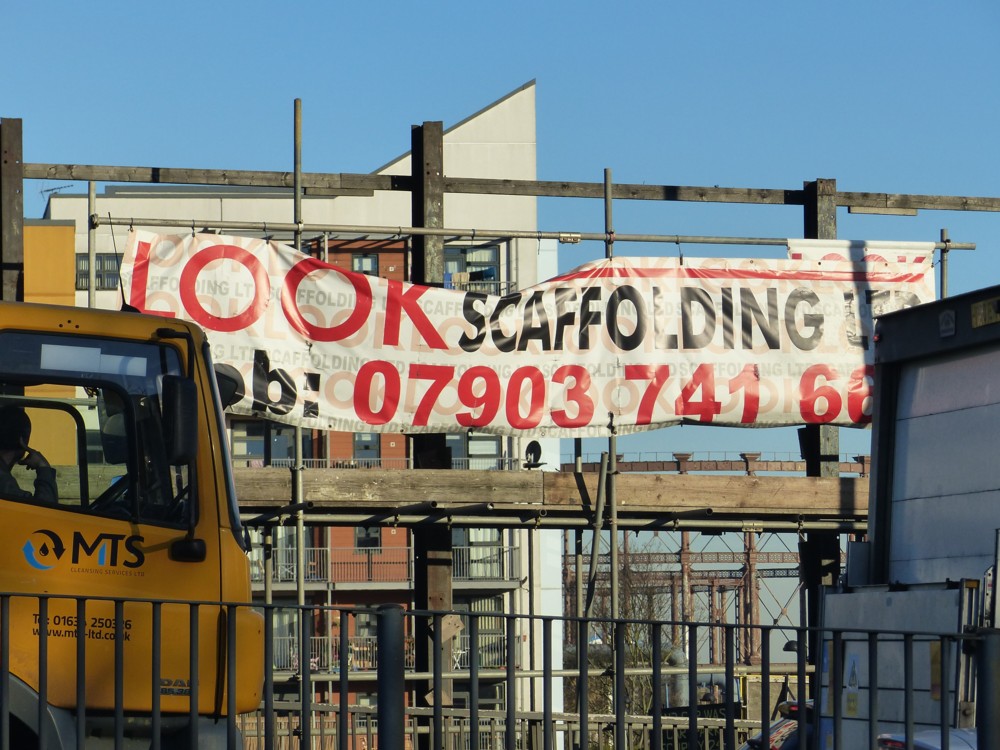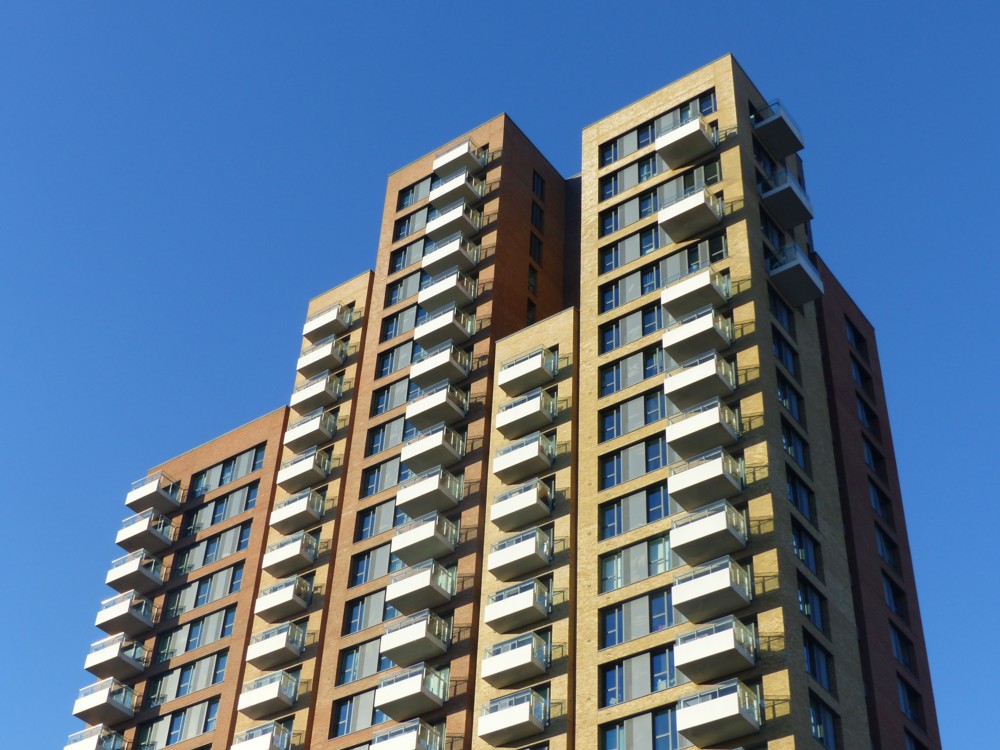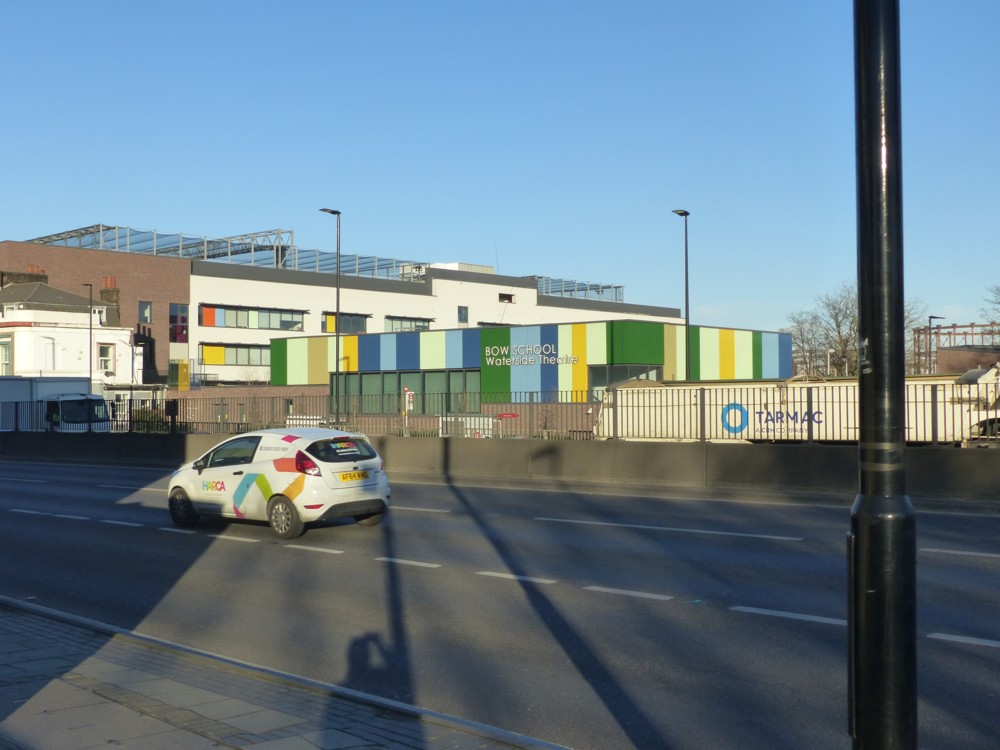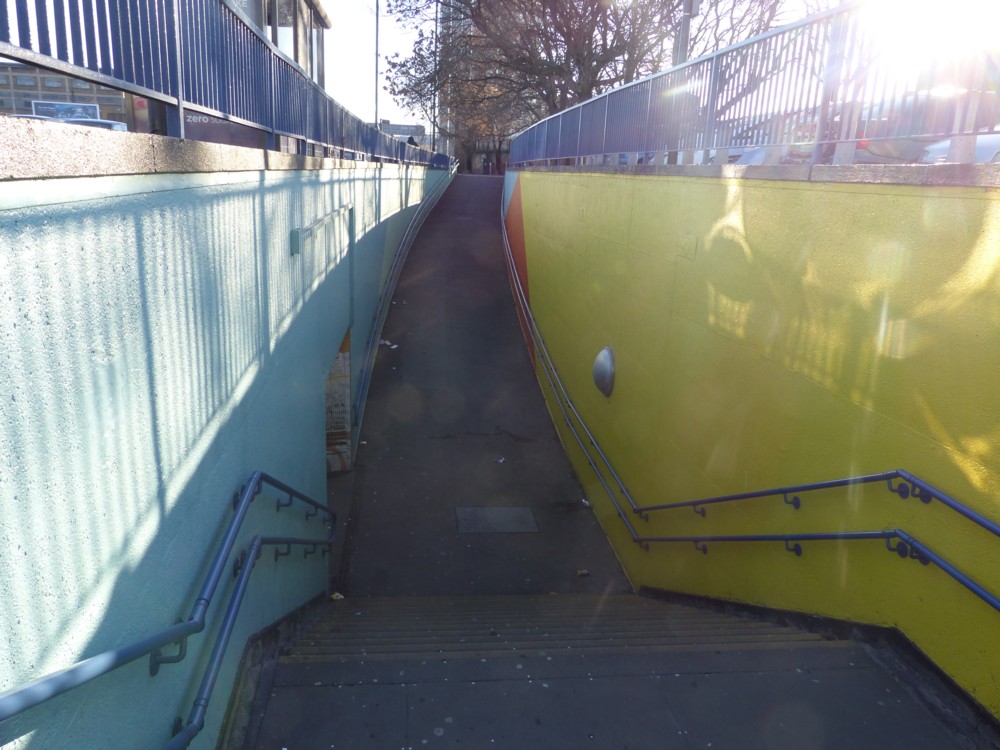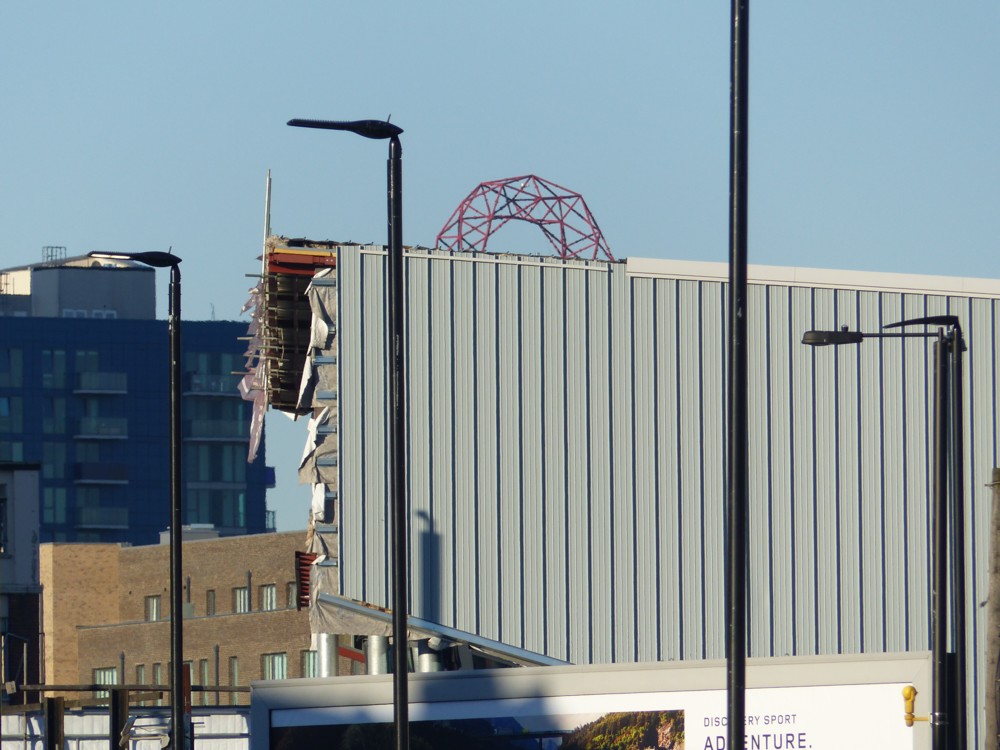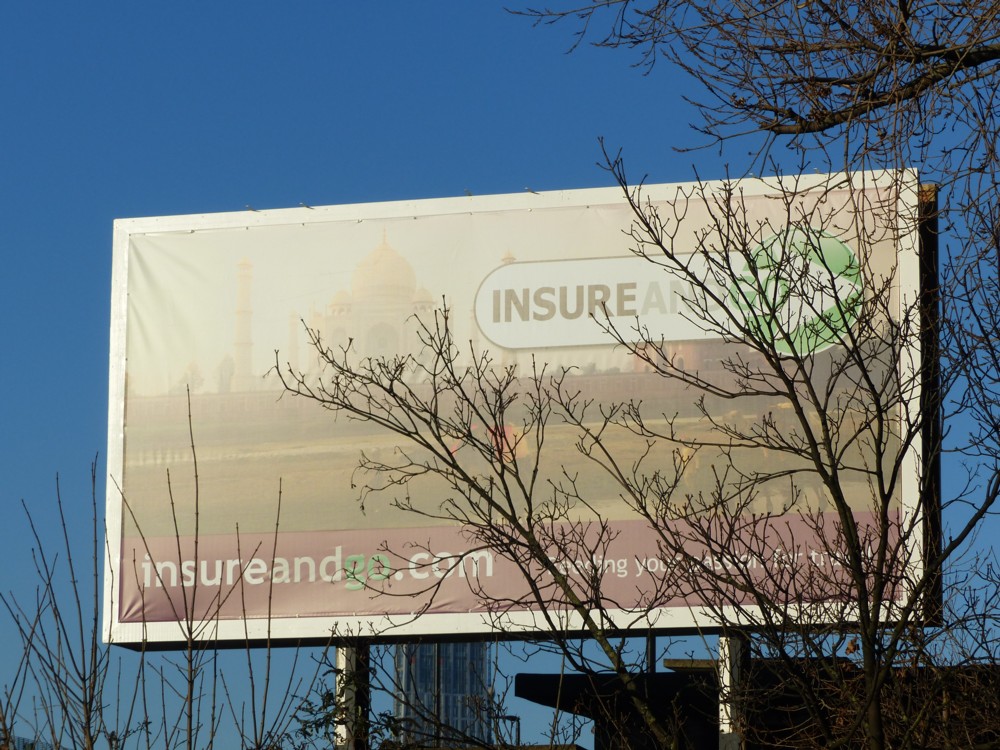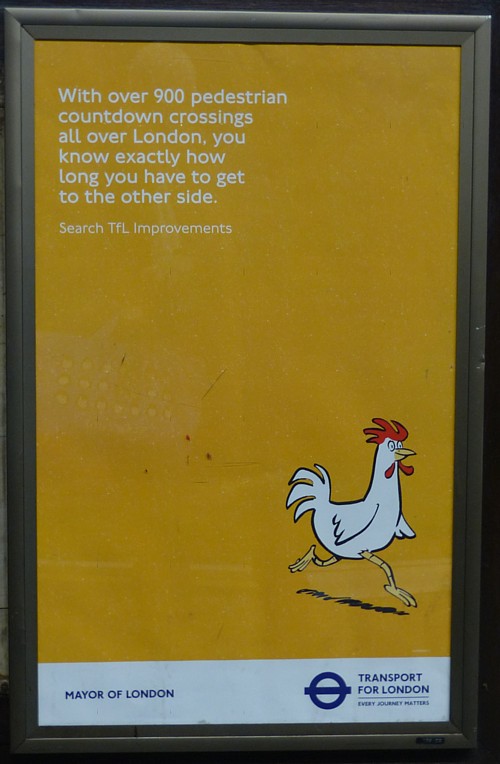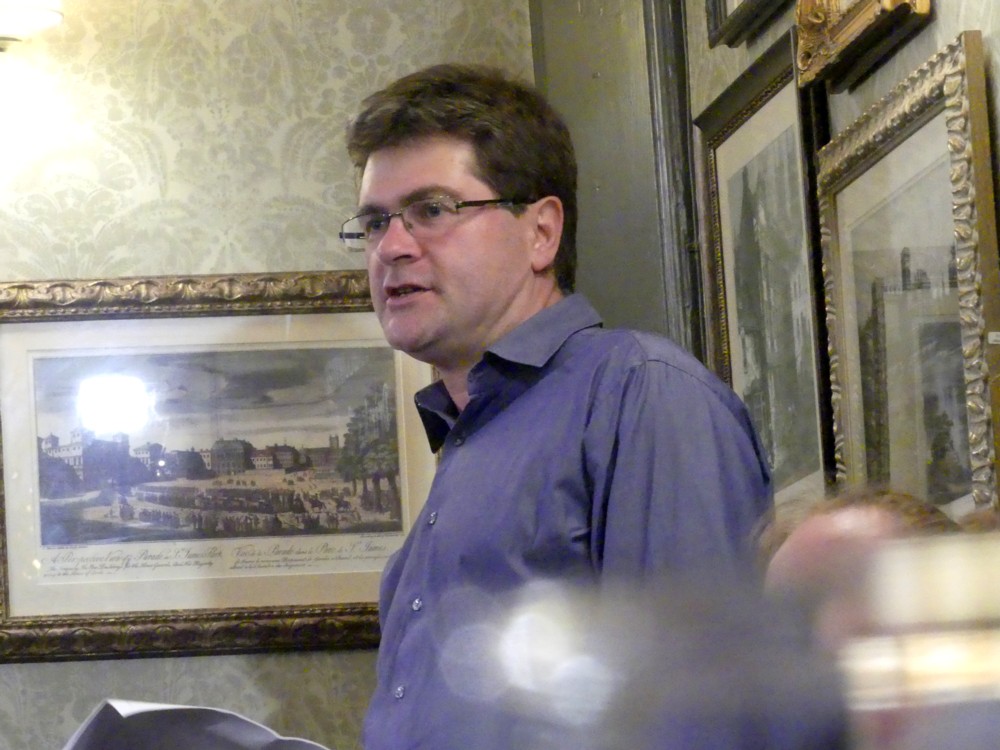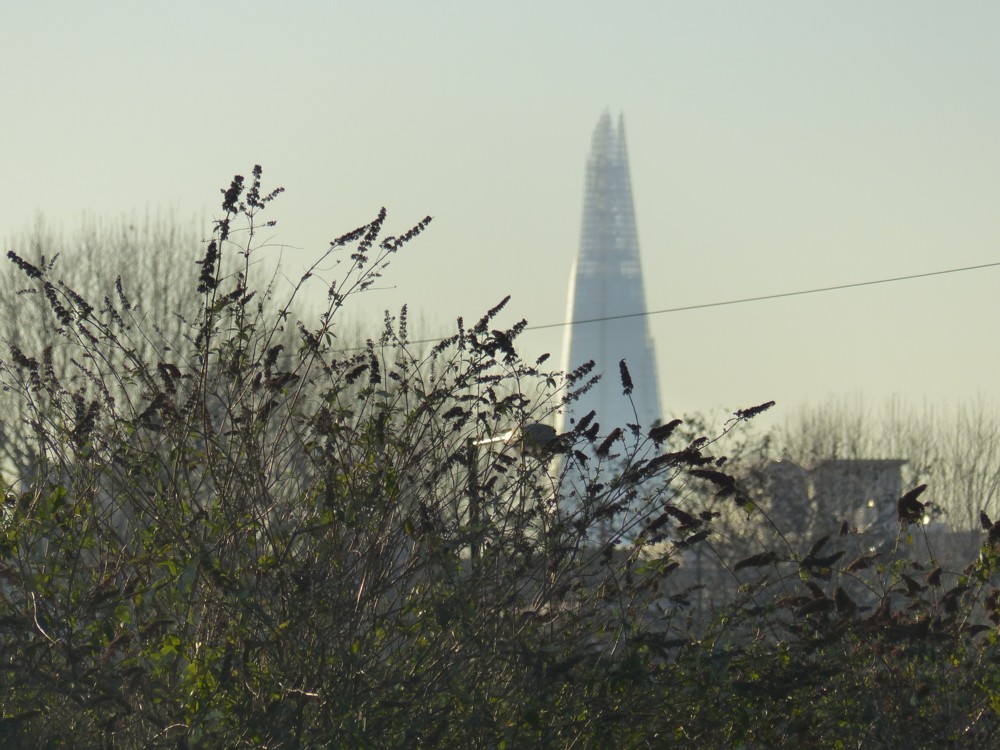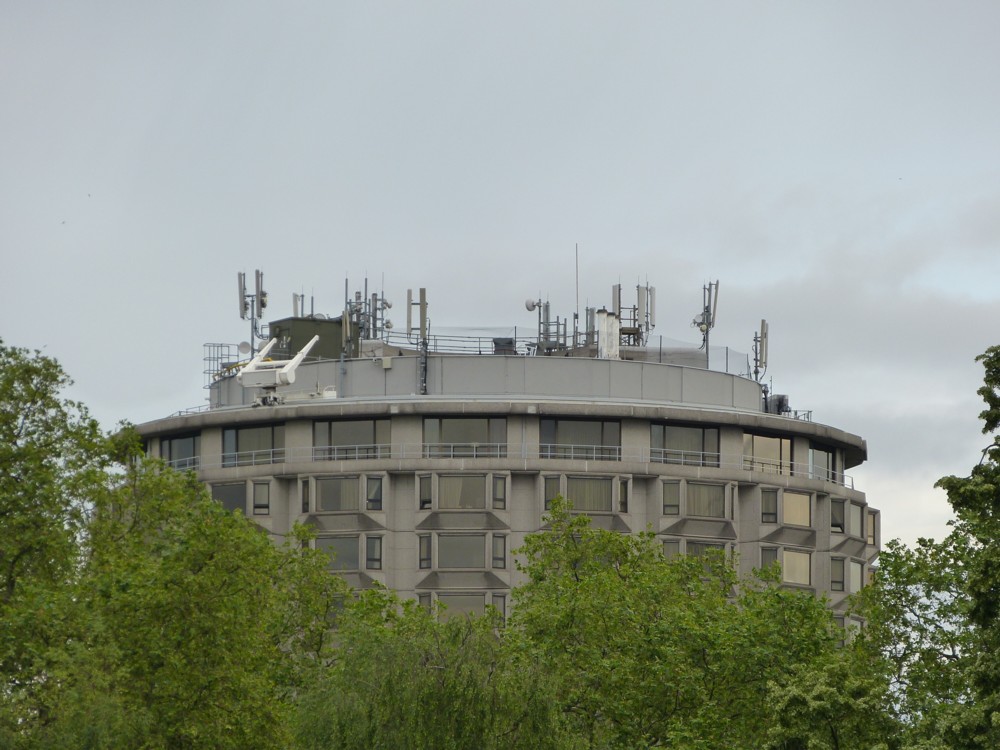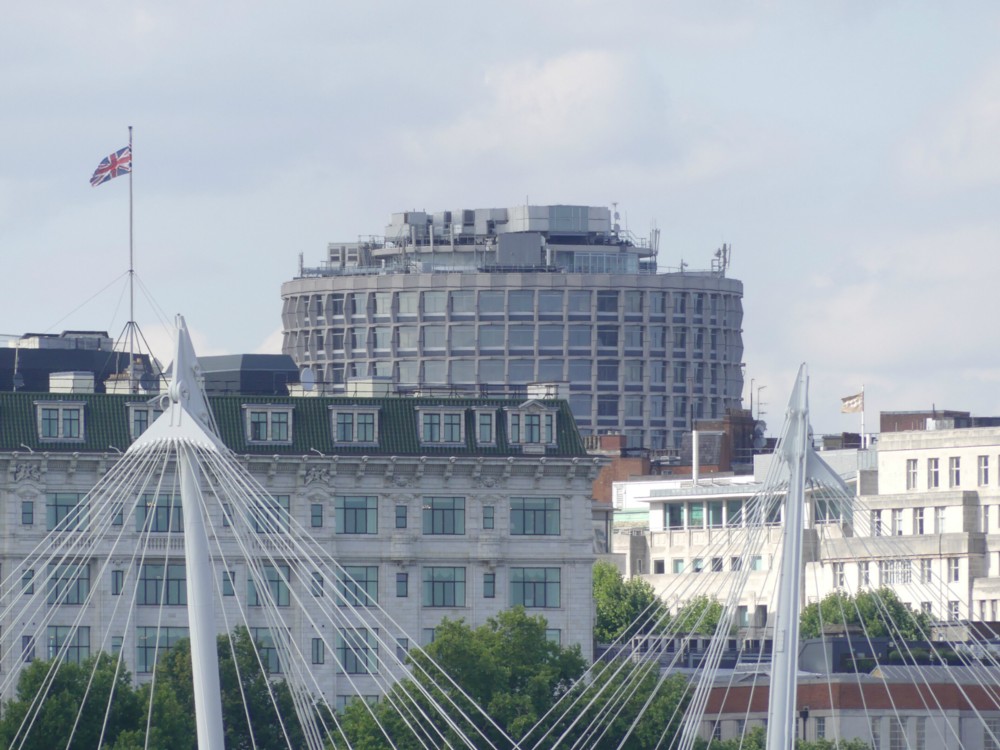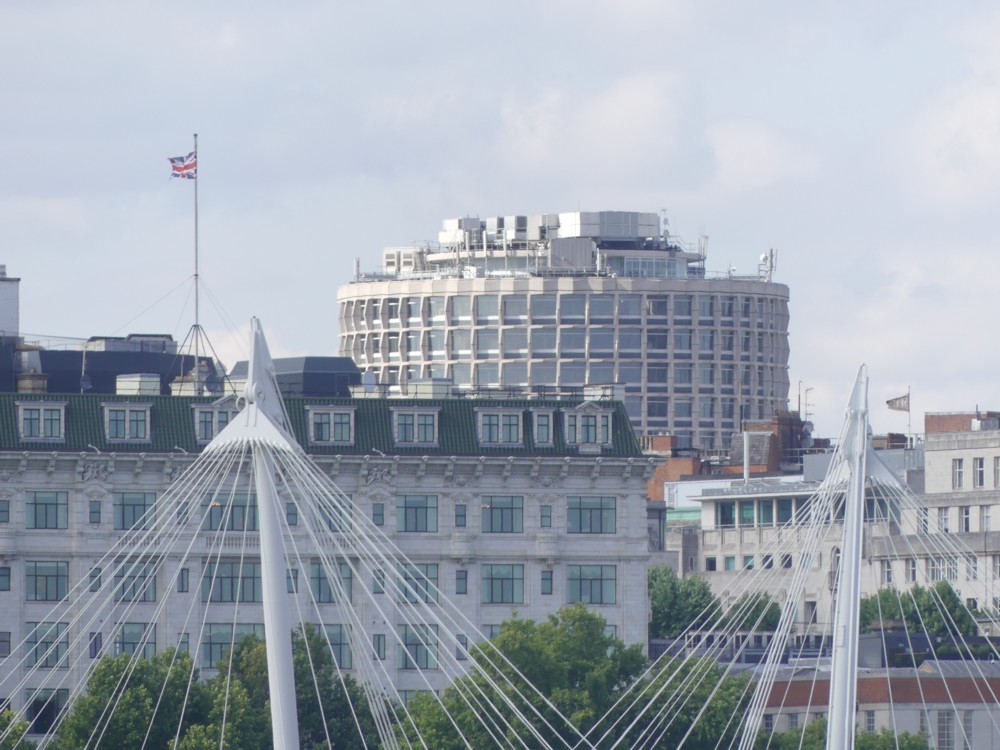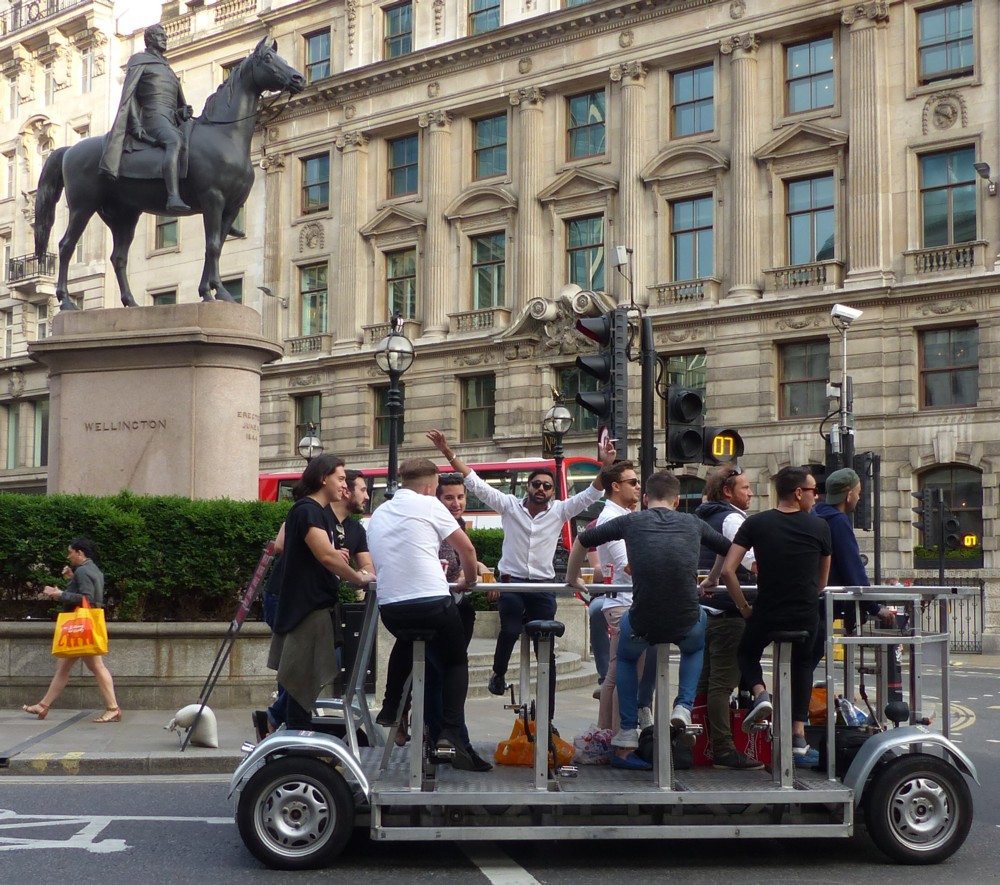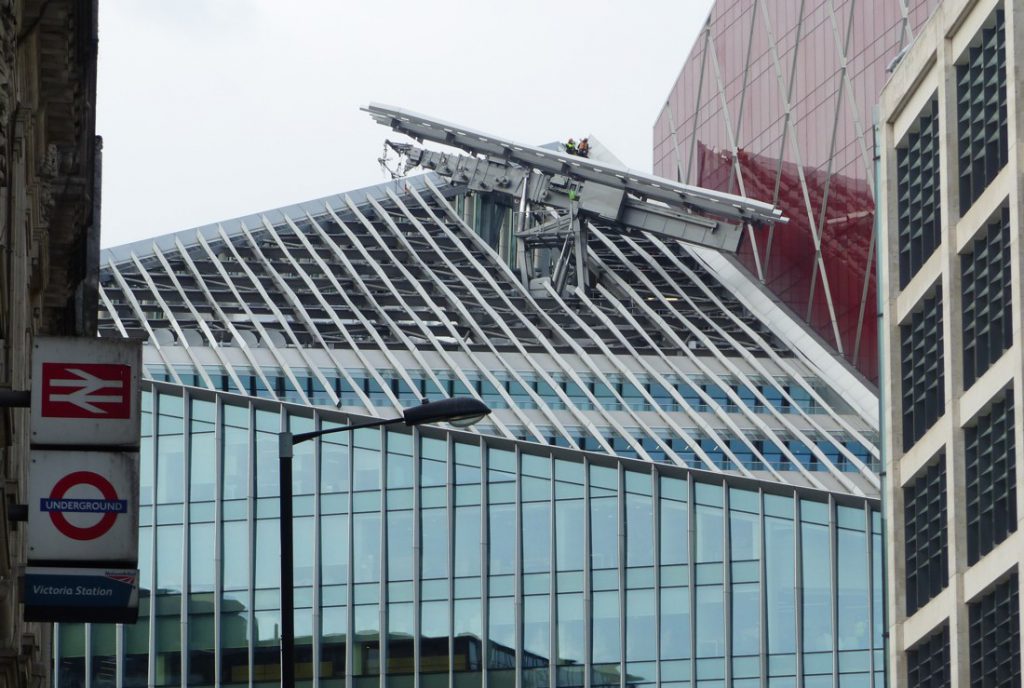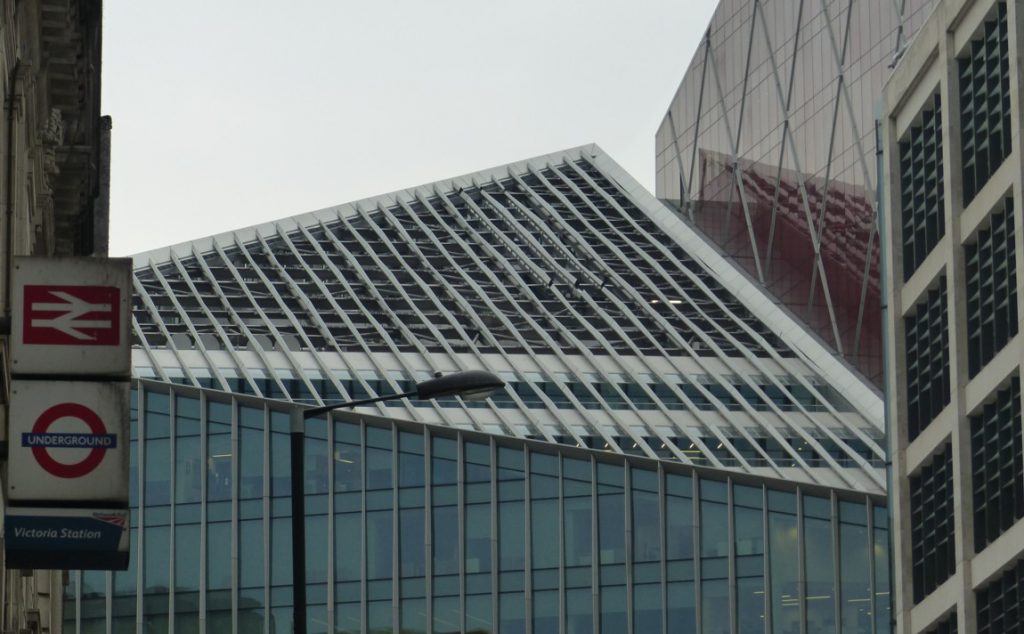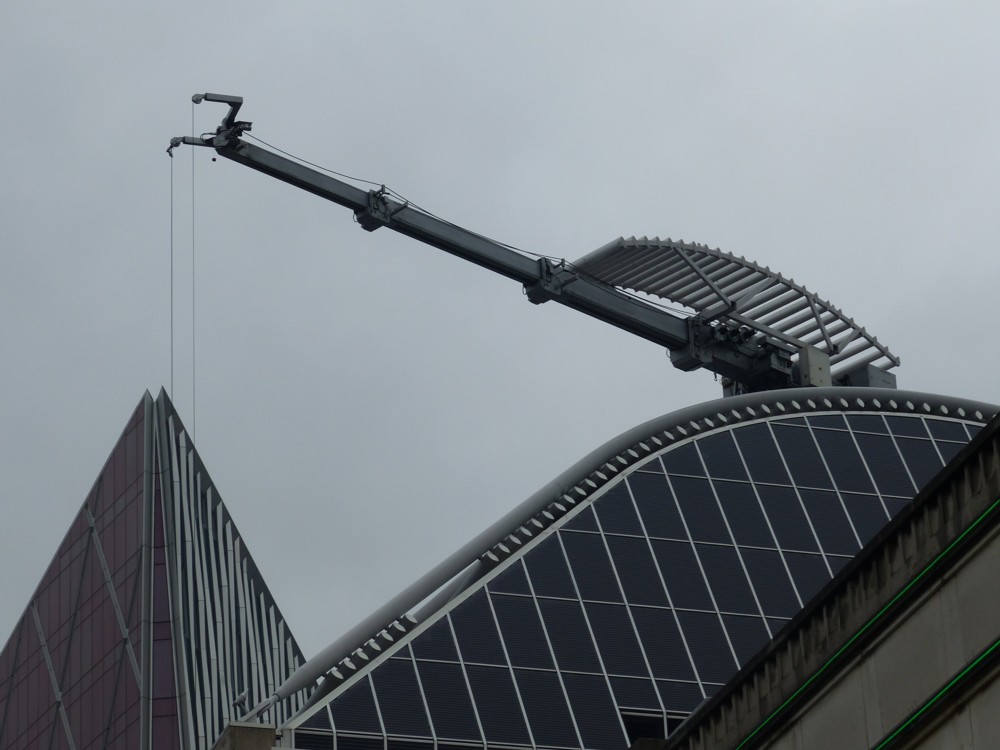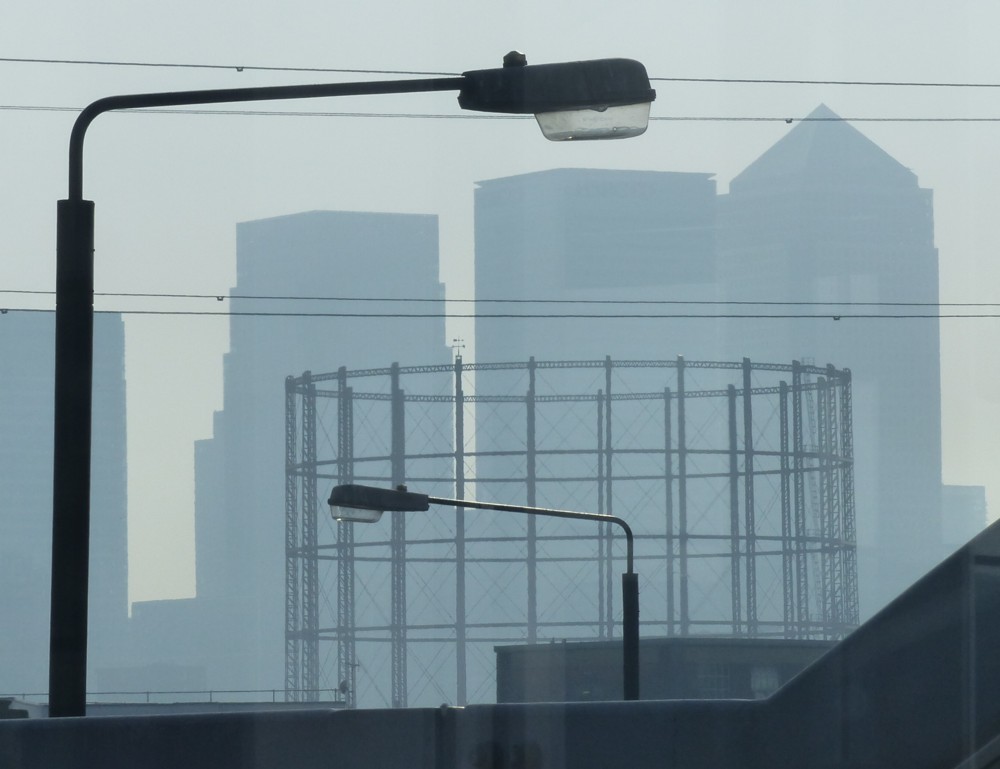Some of the best walks in London that I have done in recent months have been alongside the River Lea. Typically, I would start at Bromley-by-Bow tube station, go south along the A12 and then turn left along Twelvetrees Crescent until I get to the Twelvetrees Crescent bridge. Then I’d go either north or south.
On one of these meanders, the weather was particularly bright and sunny, and before I even got to the river, while I was just walking south along the A12, photo-ops abounded. Or maybe they didn’t but it felt as if they did. Everything, even the most mundane of objects or lighting effects, seemed dusted by a spraycan of joy, and I can’t look at the photos I took that day without that joy colouring my feeling about the photos I took at that moment.
Photos like these:
I can’t be objective about whether anyone else might like the above photos. I was and remain too happy about them to be objective. Just looking at them when I was preparing them for this posting, I became too happy to even care about being objective.
Share my joy, or not, as you please. 1.1 just tells us where we start. 1.2 is another view from the station, but not of it. 1.3 is one of those gloriously complicated drain-unblocking lorries. 2.3 I like because the colours on the car are so like the colours sported by the building, and because the sunniness of it all is emphasised by my silhouette. In 3.2 you can just see the top of the Big Olympic Thing, an effect I always enjoy. And 3.3 features a photo of, I do believe, the Taj Mahal. Lovely.
Not long after photoing all that, I photoed these shopping trolleys.
When I returned a day or two later to retrace my joyful steps, I photoed the excellent footbridge from the Twelvetrees Crescent bridge (one of my favourite footbridges in all of London (although maybe it’s just how good it looked that day from that spot)). I photoed the Shard. And I photoed a map that shows the locality where all these delights are to be found.

